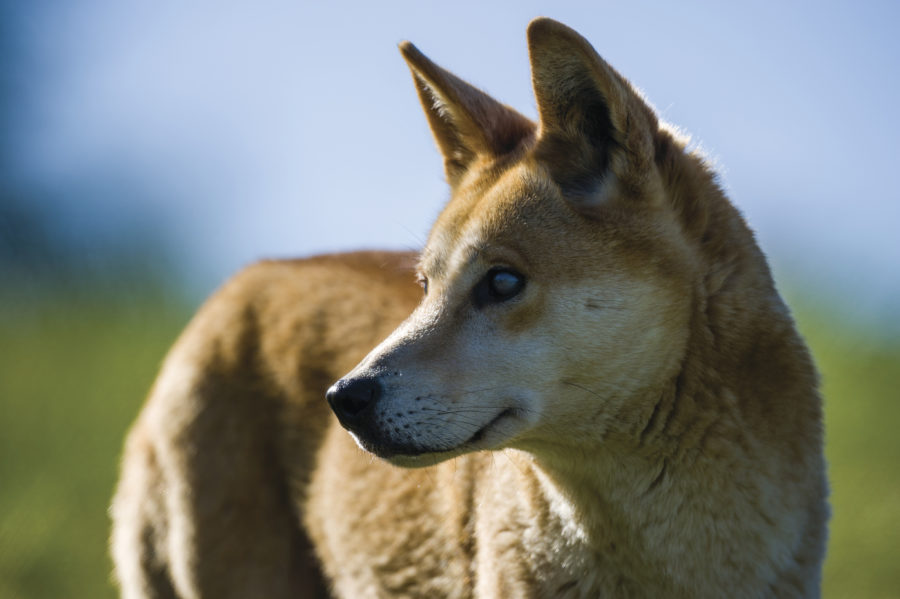
Unzipping deep blue genes
In our nation’s marine life lies potential chemical and pharmaceutical discoveries, but can the rights of nature be balanced against corporate interests?

In our nation’s marine life lies potential chemical and pharmaceutical discoveries, but can the rights of nature be balanced against corporate interests?

Museums Victoria’s living biobank is a repository of frozen potential, safeguarding the very essence of the animals that make Australia so remarkable.

Proteins found in ancient Neanderthal DNA might help fight modern antibiotic resistance.

New DNA, more than a million years older than the previous record, is helping researchers study molecules that were made inside plants and animals 2 million years ago, opening a new window into the history of life on Earth.

From grey wolf to tea-cup poodle, we now know where the dingo fits in the genetic family tree of dogs.

A new citizen science project using eDNA technology to map the distribution of platypuses in Victoria will hopefully help reverse declines.

Neanderthals had a very varied diet based on what foods were available to them where they lived. They also knew what to eat when they were sick.

A new study has found Aboriginal Australians settled the continent in one quick sweep and have remained in the same regions for almost 50,000 years.

New landmark research seeks to answer fundamental questions about when humans arrived in Australia and where they came from.

Humans could potentially have another ancestor we didn’t know about.